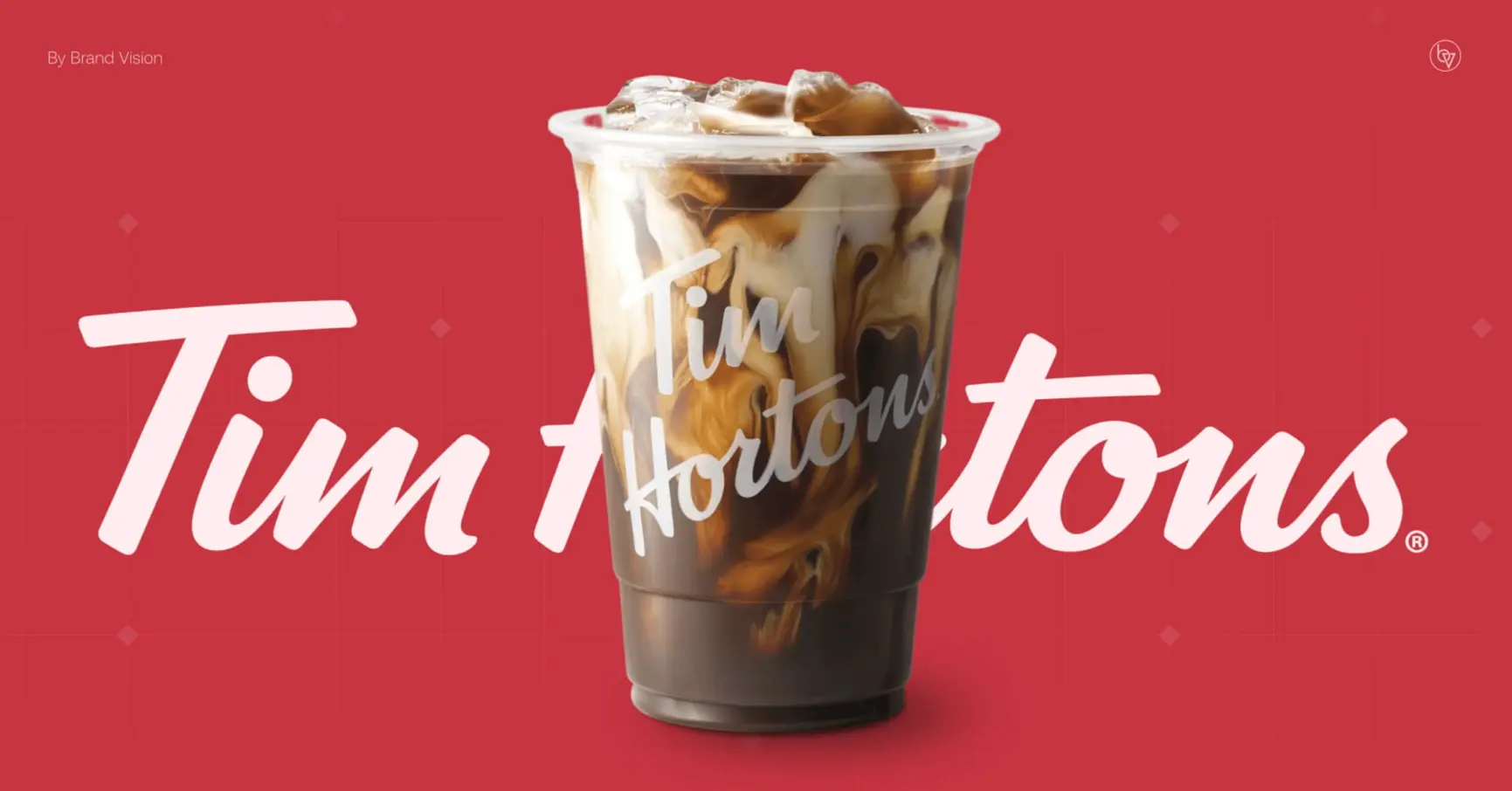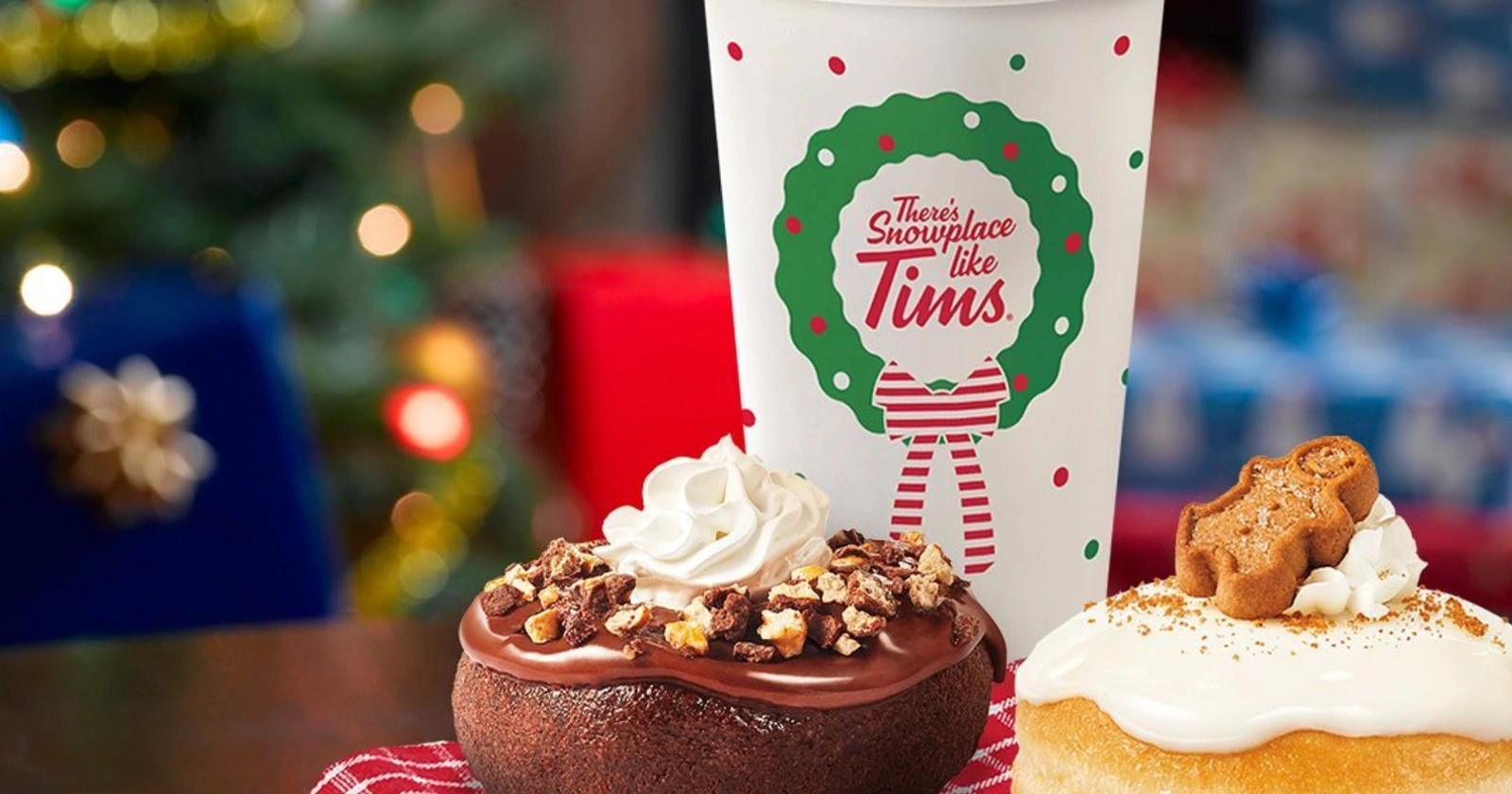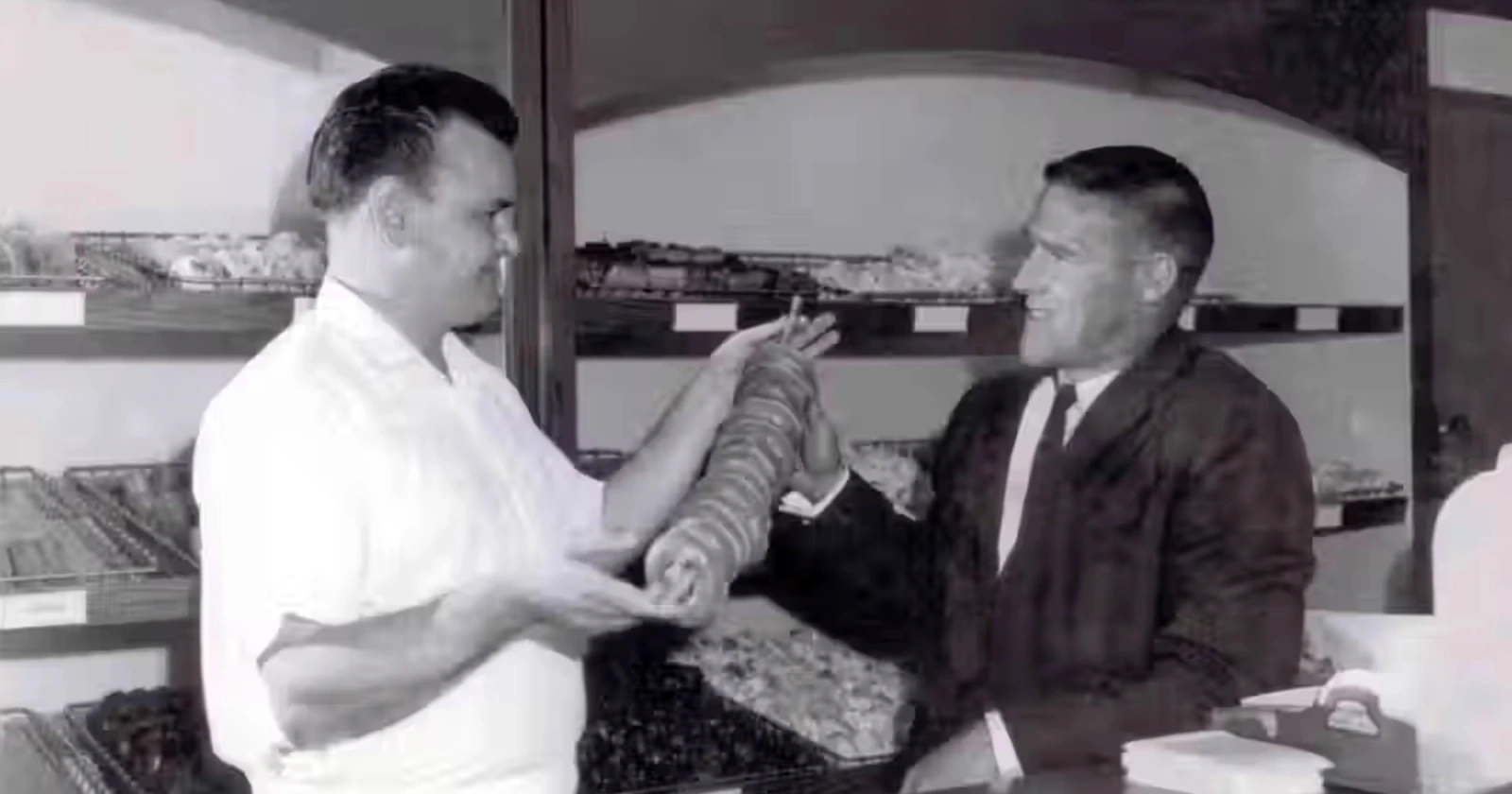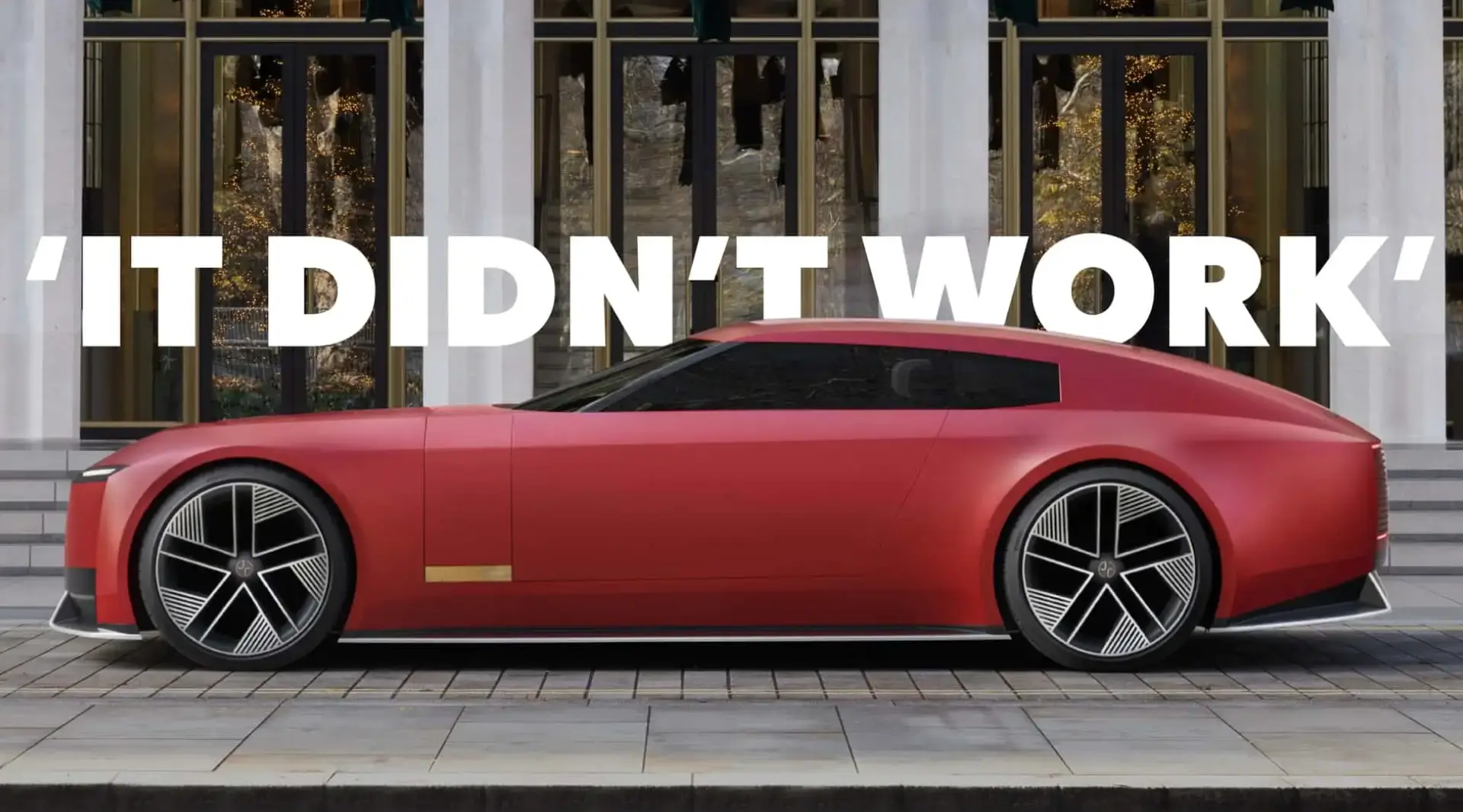Tim Hortons Marketing Strategy in 2025
Updated on
Published on

A clear deep-dive on Tim Hortons’ marketing strategy: brand positioning, tentpole campaigns like Roll Up To Win, loyalty and payments (Tims Rewards + the Tims Mastercard), youth-sports and charity programs, menu and beverage innovation, and what the numbers say in 2024–2025.
At a glance
- Tim Horton's Target Market - Everyday Canadian identity. Tim Hortons anchors itself in community sport and national rituals (Timbits programs; Hockey Canada partnerships), giving the brand everyday relevance beyond transactions.
- Tentpoles that return every year. Roll Up To Win drives seasonal engagement (now both digital and cups are back), while Smile Cookie and Camp Day deliver huge community reach and PR.
- Beverage-first growth. Cold drinks now account for ~40% of beverages in Canada, so the brand keeps launching iced and specialty platforms (Cold Brew, foam, new Protein Lattes).
- Loyalty at scale. Tims Rewards moved to a spend-based system (10 points per dollar) and the app has 5M+ monthly active users in Canada—fuel for targeting, offers and habit.
- Payments as a growth loop. The Tims Mastercard (powered by Neo Financial) is embedded in the app, awarding up to 15 pts/$1 at Tims to accelerate frequency.
- Results. RBI reports steady comps at Tim Hortons Canada (e.g., +3.6% in Q2-2025) and category shifts like warm-winter cold-drink gains (Restaurant Brands).

Positioning: “Everyday Canada” as a moat
Tim Hortons target market is for people with Canadian pride, so familiarity and community first; coffee, breakfast and hockey are the cultural triangle. Decades of Timbits Minor Sports sponsorship keep the logo on jerseys and in family routines; national partnerships amplify that grassroots base. Even when the brand paused men’s programming during Hockey Canada’s 2022 crisis, it maintained women’s, para and youth support; illustrating a values-led posture without abandoning the sport’s grassroots.
Why it works: community sponsorships lower acquisition costs and widen top-of-funnel reach; store density converts that attention into daily rituals.
Tentpoles: Roll Up, Smile Cookie, Camp Day
Roll Up To Win: Long-running, gamified promotion that now blends the app with physical cups (cups returned in 2025), keeping ritual and digital data together. US and Canada versions ladder into first-party IDs and offer banks.
Smile Cookie: A spring charity drive that has become a media event—$22.6M raised in 2025 for 600+ local charities across Canada and the US.
Camp Day: One of the country’s largest single-day fundraisers; $13M raised in 2025 and over $262M all-time to send underserved youth to Tims Camps. The cause gives franchisees and guests a shared story every summer.
Why it works: repeating tentpoles train customers to engage annually, give the brand earned media, and compound first-party data collection through the app.

Product & menu: “Back to Basics” plus beverage innovation
Tim Hortons’ 2021 “back to basics” push upgraded core quality—freshly cracked eggs, new dark roast, and Craveables—paired with national sampling for Tims Rewards members. That reset stabilized breakfast and created room to grow in higher-margin beverages (Restaurant Brands International)
On the growth side, the brand built a cold platform—Cold Brew launched nationally in 2021 and iced share climbed to ~40% of beverages by 2023. In 2025, Tims added Protein Lattes (hot and iced; up to 20g protein per medium), tapping functional trends. Celebrity collabs (e.g., Justin Bieber’s Biebs Brew in 2022; Ryan Reynolds’ 2025 breakfast promotion) keep launches culturally loud.
Why it works: beverages drive frequency and customization; quality signals on breakfast restore trust; collabs extend reach to non-core audiences.
Loyalty, app and payments: the habit engine
Tims Rewards shifted from “per-visit” to spend-based earning (10 pts per dollar), simplifying value and aligning with basket size. The app boasts 5M+ Canadian MAUs, giving Tims a powerful channel for targeted offers, order ahead and delivery.
In 2023, Tims launched the Tims Mastercard (no annual fee), embedded in-app and powered by Neo Financial, a huge part of Tim Hortons’ marketing strategy. Cardholders earn up to 15 pts/$1 at Tims and 5 pts/$1 on everyday categories like groceries, gas, transit—tightening the loop between everyday spend and coffee rituals. Statement-credit redemptions added in 2024 broaden appeal.
Why it works: richer earn on categories people buy weekly + instant food redemptions = faster point burn and more frequent visits.

Digital & delivery: from investment to muscle memory
Tims has invested heavily in digital ordering, loyalty, and media (announced C$80M in 2021 to support its “Back to Basics” plan). Today, flagship promos (Roll Up), targeted offers, and local cause campaigns run through the app, while drive-thru, delivery and curbside extend convenience (Restaurant Brands International).
US & international: beverage-first expansion
In the US, the Tim Hortons’ marketing strategy frames itself as a national beverage company leading with cold espresso, Cold Brew, and seasonal flavors—while leveraging national tentpoles like Roll Up. The strategy rides broader QSR trends (iced growth, flavored cold coffee) and keeps food simple (QSR Magazine).

What the numbers say (2024–2025)
- Comps & sales: RBI reported +2.5% TH Canada comps in Q4-2024 and +3.6% in Q2-2025, reflecting resilience and mix shifts (Restaurant Brands International).
- Category shift: warmer winter weather in late 2024 boosted cold-drink sales, underscoring why beverage variety matters (Business Insider).
Risks & lessons
- Privacy & trust. After the Canadian investigation and class-action settlement around app location tracking, the brand tightened disclosures—reminder that data-driven marketing must be transparent (Top Class Actions).
- Reputation management. Sponsors sometimes must act fast; Tims’ temporary withdrawal from men’s Hockey Canada programming showed brand-safety discipline while preserving youth/community support (Sportsnet.ca).
- Seasonality. Weather swings move product mix (hot vs. cold), so maintaining flexible beverage pipelines is key (Business Insider).
FAQ
What is Roll Up To Win today?
A hybrid activation: earn digital “rolls” in the app with cups back in market for the tactile ritual. Prizes span food, gift cards and big-ticket items.
How big is Tims’ loyalty footprint?
The app sees 5M+ monthly active users in Canada; Tims Rewards earns 10 points per dollar with menu-based redemptions.
What community programs define the brand?
Timbits Minor Sports, Smile Cookie (raised $22.6M in 2025), and Camp Day ($13M in 2025; $262M+ all-time) keep the brand present in local life.
What’s new on the Tim Hortons menu?
Functional beverages like Protein Lattes (up to 20g protein), seasonal Cold Brew flavors, and occasion-driven promos.
Sources
- RBI press releases: 2024 results; Q2-2025 results. Restaurant Brands International+1
- Strategy Online: Roll Up cups return. Strategy Online
- QSR Magazine: US beverage-first positioning; loyalty MAUs. QSR Magazine
- Business Insider: cold-drink share and weather-driven mix. Business Insider+1
- Tim Hortons Newsroom: Cold Brew launch; Tims Credit Card. news.timhortons.ca+1
- Neo/Financial press: Tims Credit Card (embedded in app). Business Wire
- CStore/CCentral: Protein Lattes launch (Aug 2025). CCentral
- Hockey Canada & Sportsnet: community sponsorships and 2022 pause. (hockeycanada.ca) (Sportsnet.ca)







